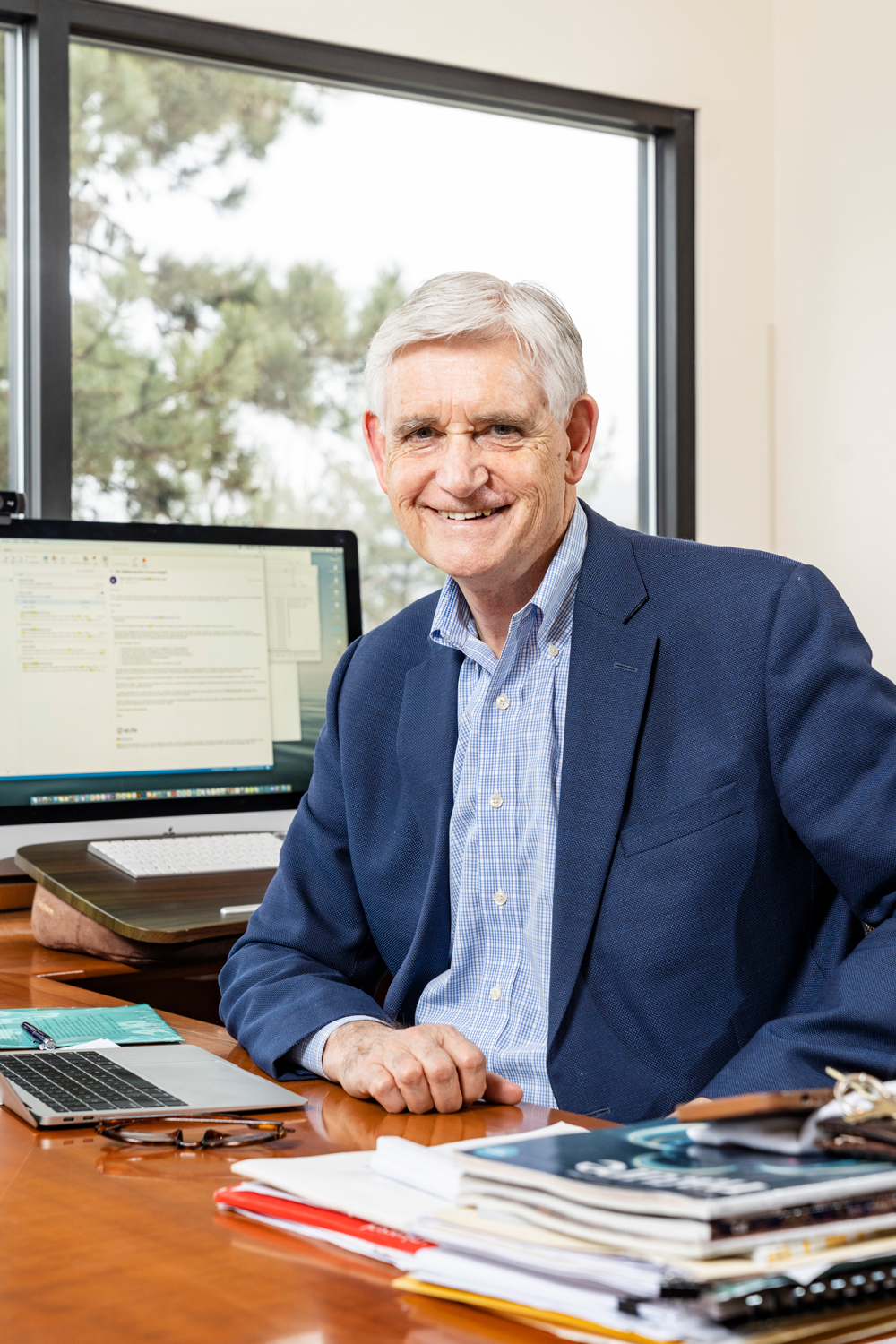The Royal Netherlands Academy of Arts and Sciences has awarded the 2020 Dr H.P. Heineken Prize for Biochemistry and Biophysics to Bruce Stillman, President of the Cold Spring Harbor Laboratory in the state of New York. Stillman is receiving the prize for his ground-breaking research on the way DNA is copied in eukaryotic cells, a process of fundamental importance to life on earth.
Stillman discovered various proteins that are involved in DNA replication
Bruce Stillman started to become interested in DNA replication when doing his PhD research on how the DNA of adenoviruses is copied. He later switched his focus from adenoviruses to the polyomavirus simian virus 40 (SV40), a DNA virus with the potential for causing tumours, and he ultimately used a yeast as the model system.
Stillman discovered numerous important factors that are involved in DNA replication in eukaryotic cells. These cells have a nucleus. Virtually all multicellular organisms — such as plants, animals, and humans — are eukaryotes. Stillman co-discovered the RPA protein (Replication Protein A), which binds to a strand of DNA to prevent it from winding back on itself so that the enzyme polymerase can copy the strand of DNA. He also discovered Replication Factor C and the CAF1 molecule that helps packaging proteins to bind around the DNA that has just been copied.
In his later research Stillman focused on the start of replication: where on the DNA does the copying process start and which protein molecules are involved? He discovered one of the binding factors, ABF-1, that binds at locations where copying starts. He also discovered the crucial molecular complex — the Origin Recognition Complex (ORC) — that determines the exact starting point, and unravelled how this complex ensures that the replication process is initiated in a controlled manner.
Stillman’s research has led to important insights that allow us to understand how our hereditary material is copied, and how this relates to many other processes within the cell. He opened an entirely new and important field of research. His research contributes to a better understanding of the origin of mutations that can lead to hereditary conditions such as cancer.
About the laureate
Bruce William Stillman was born in Melbourne, Australia in 1953. He studied at the University of Sydney and earned his PhD in 1979 at the John Curtin School of Medical Research at the Australian National University for his research into replication of the adenovirus DNA. He then continued his career in the United States, where he started as a postdoctoral fellow at the Cold Spring Harbor Laboratory. Stillman was appointed professor in 1985. He became the director of the Cold Spring Harbor Laboratory in 1994 and nine years later its President, positions he still holds today.
Stillman is a member of the American National Academy of Science, the American Academy of Arts and Sciences, a fellow of the Royal Society in London, a corresponding member of the Australian Academy of Science and a member of the European Molecular Biology Organization. He has received numerous awards for his work, including the Alfred P. Sloan Prize (2004), the Louisa Gross Horwitz Prize (2005), the Herbert Tabor Research Award (2014), and last year the Canada Gairdner International Award.
